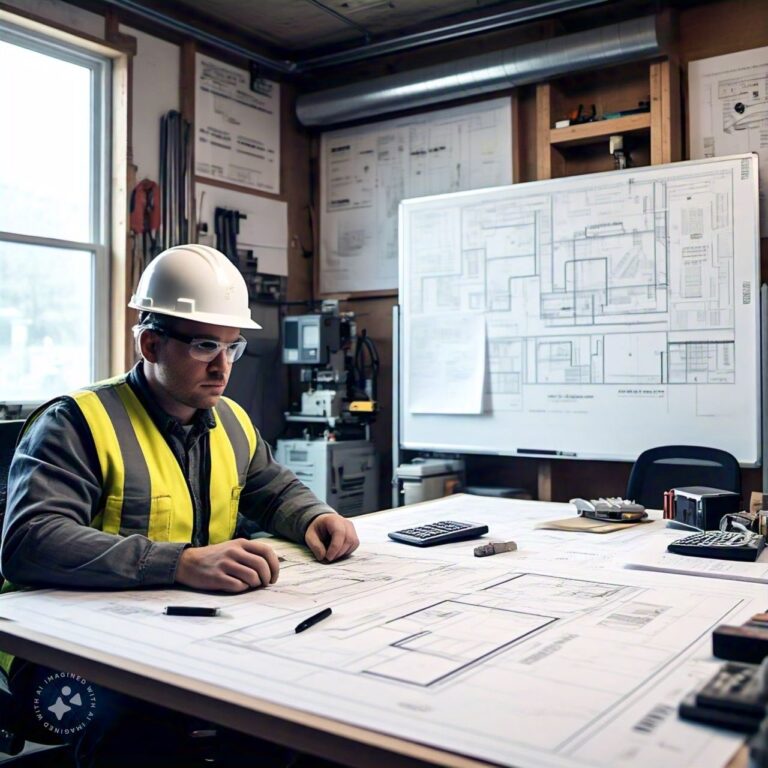Numerous factors must be considered when building a new home to ensure comfort, energy efficiency, and long-term reliability. One of the most important yet often overlooked aspects is the design and installation of the heating, ventilation, and air conditioning HVAC system. We will explore an HVAC contractor’s crucial role in system design for new homes, from assessing the home’s unique requirements to selecting and installing the right components. The design process involves understanding factors like insulation, square footage, and local climate to create a system that ensures efficient energy use and indoor comfort year-round.
Initial Assessment of Home Requirements
The first step in the HVAC system design process is thoroughly assessing the home’s needs. An HVAC contractor evaluates several factors, including the size and layout of the home, the number of rooms, and the anticipated heating and cooling load. The contractor must also consider the home’s insulation quality, window types, and orientation to the sun. All these elements affect heat retention and heat loss, directly influencing the HVAC system’s capacity requirements. Additionally, the HVAC contractor in La Center will consider local climate conditions, as different regions may have varying demands on heating and cooling systems. For example, homes in colder climates may require more robust heating systems, while homes in warmer areas may need more powerful cooling solutions. By collecting this data, the contractor can determine the right size and type of HVAC system necessary to efficiently meet the home’s needs.
Designing for Energy Efficiency
In today’s world, energy efficiency is a priority for homeowners seeking to reduce utility bills and their environmental footprint. HVAC contractors play an essential role in designing systems that optimize energy use. The contractor will incorporate the latest energy-saving technologies and strategies during the design phase. These can include selecting high-efficiency HVAC units, using zoning systems to control temperatures in different home areas, and integrating smart thermostats that learn the homeowner’s preferences. The contractor may also recommend enhancing insulation, installing energy-efficient windows, or using energy recovery ventilators to ensure air quality while minimizing energy loss. These systems contribute to reducing operating costs, and help meet local building codes and energy regulations, making it easier for homeowners to achieve long-term savings and sustainability.
Choosing the Right Equipment
A significant part of HVAC system design involves selecting the appropriate equipment for the home. To recommend the most suitable system, HVAC contractors consider factors such as the home’s square footage, insulation, and the family’s lifestyle. Contractors work with manufacturers to choose heating units, air conditioning systems, air handlers, and ventilation equipment that align with the home’s needs. For instance, a geothermal heat pump might be ideal for homeowners seeking energy-efficient heating and cooling options, while a conventional split system could suffice for others. The contractor also ensures the chosen equipment is compatible with the home’s design and size. The goal is to provide homeowners with a system that runs efficiently, requires minimal maintenance, and ensures comfort across all seasons without unnecessary energy expenditure.
Proper Sizing of HVAC Systems
An HVAC contractor’s most critical role is ensuring that the system is properly sized for the home. A system that is too large or too small can cause a range of issues, from inconsistent temperatures to increased wear and tear on the equipment. An oversized system may lead to short cycling, where the system turns on and off frequently, causing inefficiency and unnecessary strain. On the other hand, an undersized system will struggle to heat or cool the home adequately, resulting in discomfort and higher energy usage. To avoid these problems, HVAC contractors use Manual J Load Calculation. This detailed process calculates the ideal heating and cooling load based on various factors such as the home’s size, insulation, and climate zone. This calculation ensures the HVAC system is appropriately sized to maintain comfort and efficiency.
Integrating Ventilation and Indoor Air Quality
A well-designed HVAC system doesn’t just focus on temperature control it also addresses ventilation and indoor air quality IAQ. Contractors will design systems that provide adequate airflow, ensuring fresh air circulates throughout the home while removing stale air and pollutants. For homes with modern, airtight construction, the contractor may recommend adding mechanical ventilation systems such as energy recovery ventilators ERVs or heat recovery ventilators HRVs. These systems exchange indoor air with fresh outdoor air while retaining energy, thus maintaining optimal air quality without compromising heating and cooling efficiency. Contractors will also consider air filtration options, recommending high-efficiency filters or UV lights to remove allergens, dust, and harmful microorganisms, enhancing the home’s overall air quality.
The HVAC system is crucial in creating a comfortable and energy-efficient environment for new homes. Their expertise in choosing the right equipment, properly sizing the system, and ensuring optimal air quality helps homeowners achieve a comfortable living environment. By providing customized solutions tailored to the home’s unique features and climate, HVAC contractors ensure that the system meets the homeowner’s needs for both comfort and efficiency. The contractor’s involvement is essential in ensuring the HVAC system provides reliable performance, energy savings, and lasting comfort for years.

